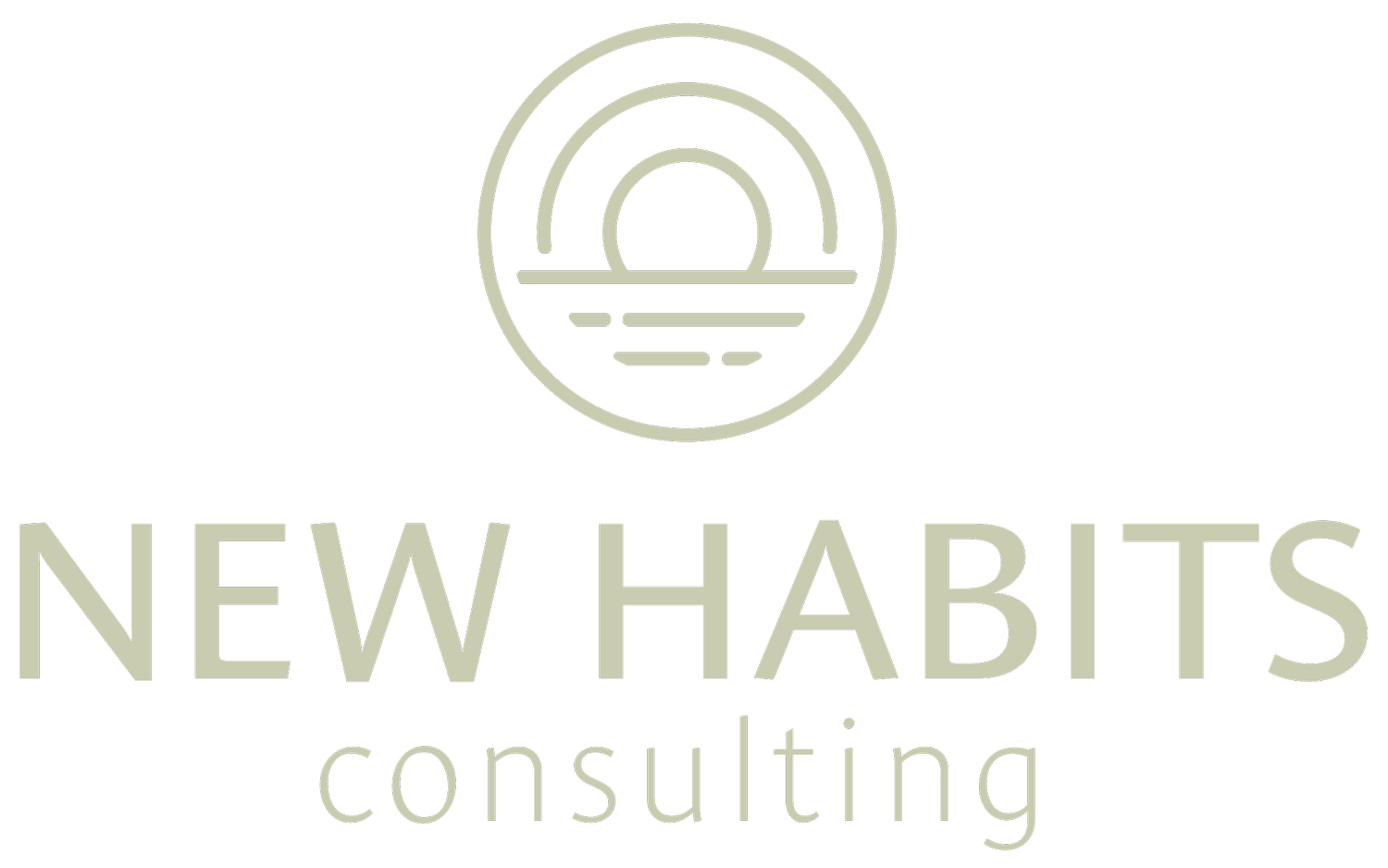Breaking Down Communication Barriers From a Behavioral Perspective
A common problem often cited in relationships is communication. Communication can be problematic between loving partners, parents and their child(ren), siblings, employees, etc. The pair doesn’t matter; all can and will face communication problems eventually.
4 Types of Communication
Communication is a complex problem with multiple facets, and attempting to solve it can be overwhelming. To provide a brief and concise overview, there are four main types of communication: verbal, non-verbal, written, and visual. Each of these types of communication has several subcategories. For instance, non-verbal communication includes facial expressions, posture, gestures, and touch, while verbal communication is characterized by pitch and tone of voice.
What type of communication is body language?
“…non-verbal communication includes facial expressions, posture, gestures, and touch…”
Types of Verbal Communication
Verbal communication has several subcategories that are rarely discussed, but they significantly impact how effectively we communicate. Another aspect that is often overlooked is a person's learning history. Receiving feedback and communication at certain times can be a negative experience because of past conflicts with partners or supervisors who may have approached a performance review poorly. Additionally, using unfamiliar metaphors, vocabulary, over-explaining, under-explaining, or any other unnecessary behaviors can further complicate communication.
What can impede effective communication skills?
“…using unfamiliar metaphors, vocabulary, over-explaining, under-explaining, or any other unnecessary behaviors can further complicate communication.”
Identifying and Understanding Communication Barriers
Whether you are a clinician, a spouse, a parent, a child, a boss, or an employee, simply acknowledging that there is a communication problem is only the beginning. Labeling someone lazy or the issue as a problem is not enough. Instead, we need to work towards finding solutions that address the root cause of the communication breakdown.
A few things need to be uncovered to break down the communication barrier.
Identify when the communication issues occur.
Is there a certain situation or time of day that leads to conflict?
What is the function of the breakdown of the behavior?
The person's behavior may be motivated by a desire to avoid or escape the conversation or a particular behavior they are uncomfortable addressing.
Is the issue one-sided?
The speaker may perceive a communication issue while the listener is content. Identify areas of misalignment.
How can I achieve good communication skills?
“…we need to work towards finding solutions that address the root cause of the communication breakdown.”
Ways to Improve Communication
Be specific about communication expectations. Practice patience and support.
Avoid using unfamiliar metaphors. Confirm if the person understands.
It's better to be concise in conversations, as over-explaining might lead to disinterest.
Choose vocabulary that matches both parties' levels for clear understanding.
Struggling with Communication?
At New Habits Consulting, we provide personalized behavior coaching to tackle communication barriers. Contact us for a complimentary consultation.




